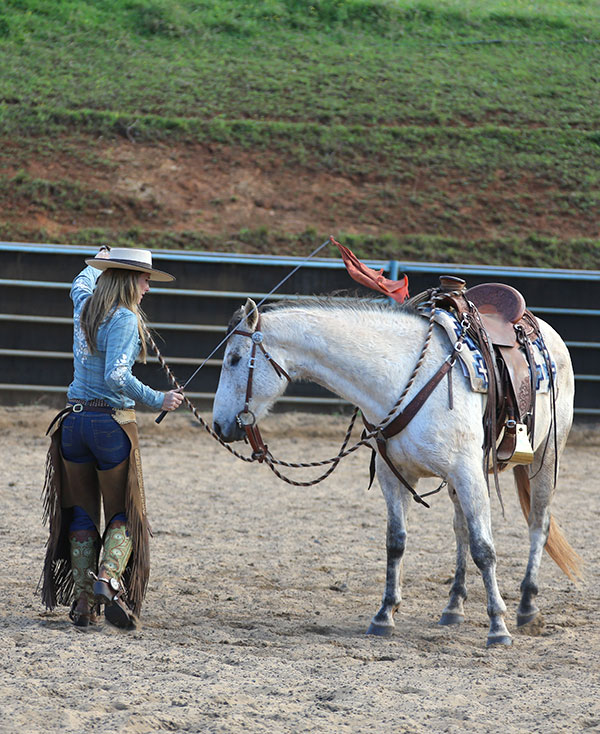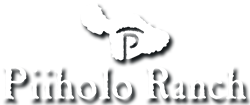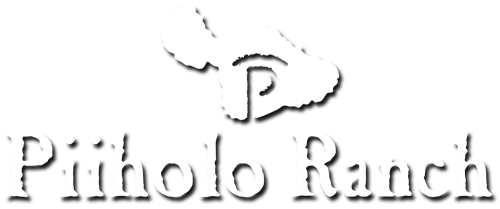 Horsemanship
Horsemanship
Natural Horsemanship embodies certain philosophical and spiritual beliefs. Our work with the horse is based on mutual respect rather than dominance; it’s a dance in which we are a trusted partner who leads the dance, rather than viewing ourselves as the dominant alpha horse.
Horses are by nature willing creatures who want to get along with us. What we perceive as “misbehavior�? is actually the horse making a logical decision either for self-preservation or to obey what humans have previously, unwittingly taught him. Rather than confine or restrain the horse to the correct action only, using natural horsemanship methods enables the horse to choose between multiple options, in which the right choice is easy and the wrong choice is difficult, without using force. The rider should be sensitive to the horse, use the lightest possible signals, set it up for him to figure out, and then give him a chance to work through it. The reward is the release of pressure as soon as the horse shows a “try�? in the right direction.
Horses are highly sensitive animals, their ability to hear and see are far more superior to humans. They can feel a fly land anywhere on their body and are able to shake it off using the muscles under their skin. Their eyesight is monocular so they can focus on two different scenes at one time. Horses can also see well in the dark.
Horses, by nature, are prey animals that fear humans, considered predators. It is important for us all to learn how horses “speak�? with one another, and learn how to communicate with them. Only then can the horse be free to offer its highest compliment: giving itself without fear.
There are a number of gifted horseman and woman who work with horses in this natural way. Two of the founding fathers of Natural Horsemanship are the late Bill and Tom Dorrance – many of the top clinicians today have learned from them: Ray Hunt, Buck Brannaman, Curt Pate and Julie Goodnight are all top hands.




